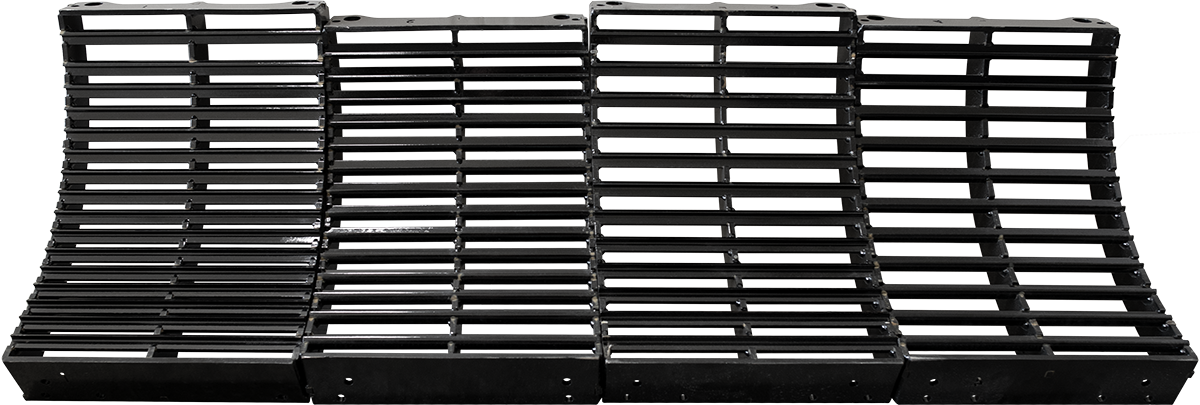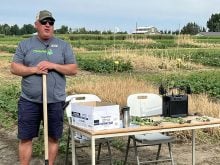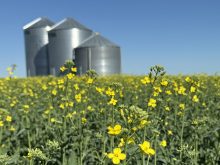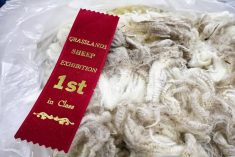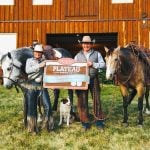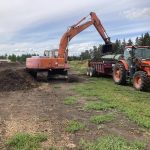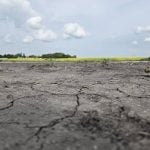The increasing popularity of winter grazing, swath grazing and other low cost practices has opened up the buffet to a range of ravenous wildlife.
“As we became low cost operators, we took over looking after the wildlife,” said Phil Rowland, president of the Western Stock Growers Association.
Moose and bear do not respect fences, while elk and deer eat their way through swathes, bales and stockpiled forage.
“Elk are like cows. They’re smart. They know where the feed is,” said Rowland, who ranches near High River south of Calgary.
Read Also

AI expected to make itself felt in food systems
Artificial intelligence is already transforming the food we eat, how farmers produce it and how it reaches the consumer, experts say
“The large ungulates are taking over the world, it seems. They are creating more pressure than before.”
Most provinces provide wildlife predation compensation for some types of winter feed losses, but Rowland said insurance is a Band-Aid solution for a problem that has worsened in the last few years as wildlife numbers increase across the West.
Rowland said a big problem is the lack of firm statistics on population sizes and costs to producers.
“The stock growers have a mandate to go forward with a think-tank and put some numbers to this,” he said.
The last two winters exacerbated the problem as deer and elk struggled to paw through crusted snow searching for feed, said Darcy Whiteside of Alberta Sustainable Resource Development.
“Deer populations have been on the rise and they are still within nor-ma l ranges, but they have been increasing,” he said.
“This year and last year, with those difficult winters, they have impacted feed supplies.”
He said producers need to call their local fish and wildlife office to report problems with wildlife. More hunting licenses are allocated in areas where the population has become a problem. He estimates there are about 110,000 hunters in Alberta.
An intercept feeding and fencing program is available, but local staff needs to know when problems occur.
The department of sustainable development is also responsible for the provincial land use framework, which includes conservation plans.
The stock growers association proposed a pilot project last year to develop an ecological goods and services program that would provide compensation for private land managers and owners.
The program was designed to provide a marketplace solution for producers providing ecological services such as grizzly bear and elk habitat. The project did not proceed.
“Let’s restart those conversations. This is more than compensation,” Rowlands said.
Compensation for some losses is now made through the Alberta Financial Services Corp.
The stacked hay program compensates producers for losses on stacked hay due to damage by white-tailed deer, mule deer, elk, moose and antelope. The federal and provincial governments pay all costs for this program. Producers pay no premium or administration costs.
Fish and wildlife and insurance adjustors work together to determine losses and compensation. The producer is also given recomm e n d at i o n s to prevent further damage. Compensation is cut off if these recommendations aren’t put in place.
Maximum compensation is $5,000. The hay must be stacked and stored at sites that the producer can regularly monitor. The producer must also allow access to hunters.
Swath or bale grazing is not covered and producers should make other choices to feed livestock if they know there is a wildlife problem in their area, said Chris Dyck of AFSC.
“We want them to get it into the yard where they can monitor it,” he said.

